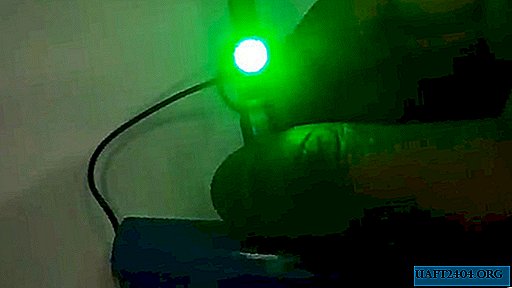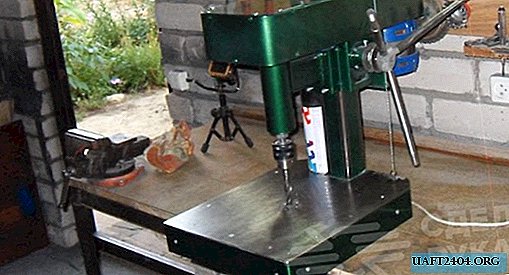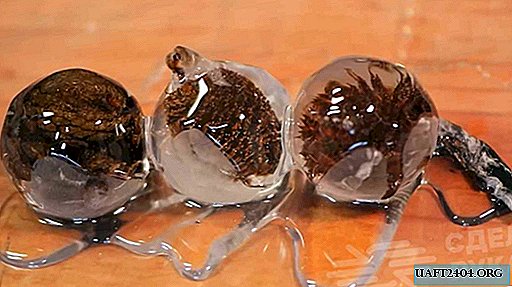Share
Pin
Tweet
Send
Share
Send

Will need
- 3.7 V lithium battery (fully charged 4.2 V).
- LED of any color.
- Two resistors of 1 kΩ and 5.6 kΩ.
- Transistor Optocoupler PC817.
- Capacitor at 220 uF 10 V.
Making emergency lights on an optocoupler
First, get acquainted directly with the optocoupler. It consists of two elements connected by optical communication. That is, if you apply voltage to the LED, the transistor inside will open.

Note that the dot indicates the first pin to count. The element itself has 4 contacts. 1, 2 is an input for connecting an internal LED. 3, 4 - output from the transistor.
Simple flasher diagram
Based on this simple radio element, a simple multivibrator is built - a repeating pulse generator.

The circuit does not need to be configured and with fully functional elements starts working immediately.
Assembly is carried out by hinged installation without a board. We clamp the optocoupler in the clamp and solder two resistors according to the diagram.

Next, solder the LED. Pay attention to the polarity of its inclusion.

Next, solder the capacitor.

Connection paths are made of tinned wire.

We bring the scheme to the end.
Check
We solder the contacts of the battery.

The flashing light starts to blink. Everything is simple.

The flashing frequency can be adjusted by the capacitance of the capacitor.
If suddenly something does not start, check the polarity of the elements of all but the resistors.
I think you can easily find application for this simple scheme.
You can evaluate the operation of the emergency light in the video.
Share
Pin
Tweet
Send
Share
Send











